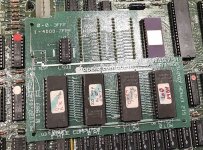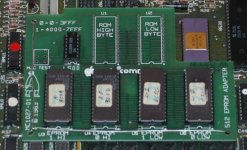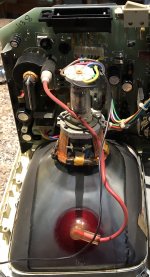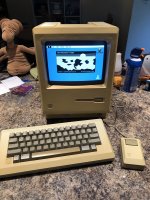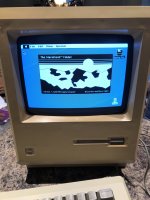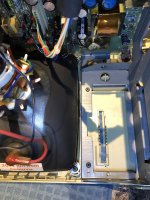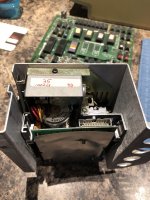... Note of course that if the code version on these ROMs is significantly older than the latter half of '83 they may well not boot a shipped System version. The Toolbox ROM and the part of the OS that resides in RAM are very tightly interwoven and they were squashing bugs right up to the end.
That said, yes, it's totally worth trying to clean and lube the drives if you think you're up to it. Another possible worry is if these are pre-release mechanisms the driver in the ROM may not necessarily be compatible with later drives. As I recall there are actually compatibility issues with different revisions of the internal mechanisms in some shipped machines.
That said, yes, it's totally worth trying to clean and lube the drives if you think you're up to it. Another possible worry is if these are pre-release mechanisms the driver in the ROM may not necessarily be compatible with later drives. As I recall there are actually compatibility issues with different revisions of the internal mechanisms in some shipped machines.

